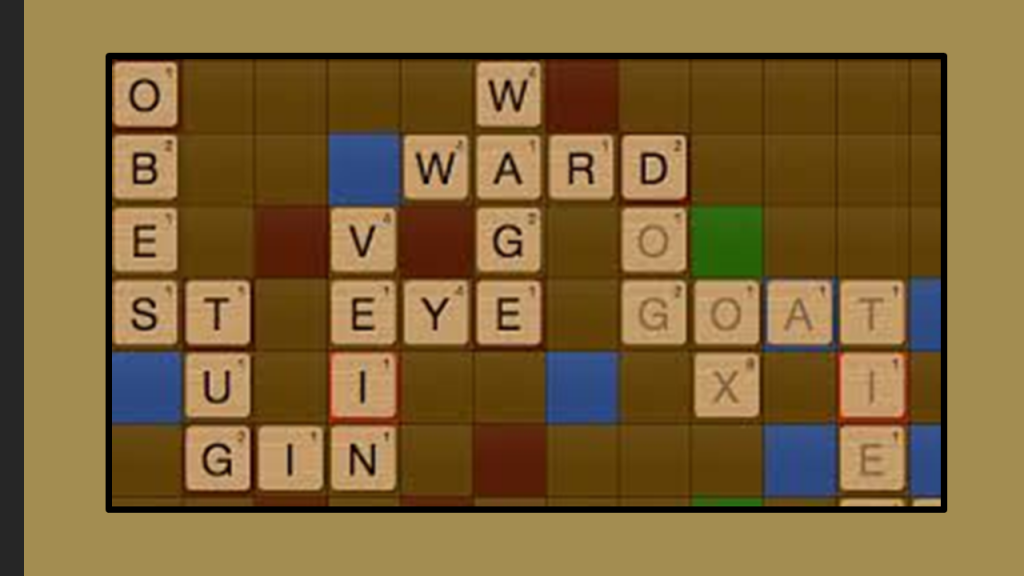Vocabulary Instruction: Part 2/6 Word Play for Teachers of English Learners and Struggling Students

In part 1 of this series we talked about word consciousness being whether students grasped that words are the currency of the English language and whether they “bought into” reason why words are essential. We offered a number of strategies to achieve this: from having a word-rich environment, time for metacognition, student choice, and student ownership. While these elements are critical, none is more critical than the general affect students have towards word learning. What does this mean? Affect is the general feeling and emotions that students have toward vocabulary instruction and word learning. The reality is that we now understand that vocabulary instruction must be more an act of metacognition than anything else. However, to get students to think about what they know, how they know it, and to extend that knowledge to other examples, students have to “feel like it”, or have the desire and the positive affect towards the activity and the level of thinking required to complete it. In the Danielson Framework for teaching, she talks about this as the culture for learning – “the classroom culture is a cognitively busy place characterized by a shared belief in the importance of learning…” Vocabulary instruction, arguably, must leverage this culture for learning piece more than ever. Yet, vocabulary instruction has not traditionally been an activity that lead teachers or students to jump for joy. There seems to be an unspoken sentencing and submission to word work and vocabulary development being boring. And everyone seems to be at a loss to change this course thinking. So what will it take to create a fun, “cognitively busy place” where kids have “bought into” the significance of words and their identities as readers of words? One place to start is games. We all love to play games, and some games seem to bring a sense of nostalgia, ease, joy, and willingness to all who partake. By tweaking the nature of a number of classics and adding simple questions like: “how do you know”, “what’s another example that shows the same pattern”, “what is a right time and a wrong time to use this word”, etc., you can create a fun and metacognitively busy place where students are begging to have to time to play with words. So what are some games that lend themselves to targeted vocabulary and positive affect and culture? Word pattern tic tac toe Synonym or antonym dominoes Vocabu-nopoly (vocabulary monopoly) Hang-man Pictionary Charades Scrabble Word hunts (not word searches) Go fish with definitions or synonyms Word pattern or word meaning Bingo If you are looking for more ideas on word work games, or you’d like to see how these games might help your classroom, take a look at our 30 Ready-Made Games for Vocabulary Development (in English and Spanish) in the product section of our website. Author: Alexandra Guilamo TaJu Educational Solutions Provider
